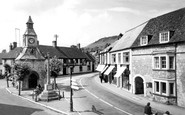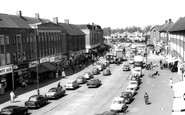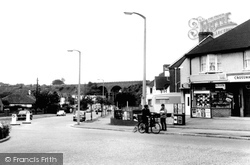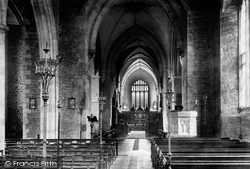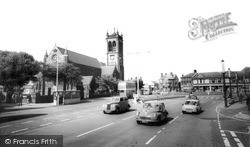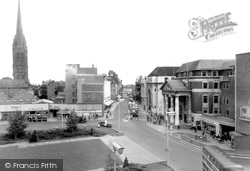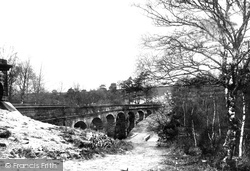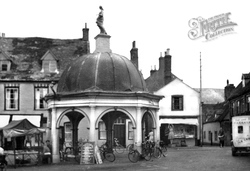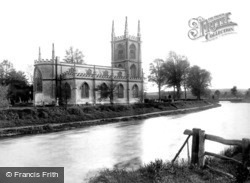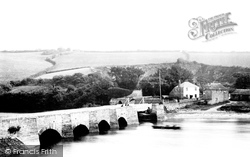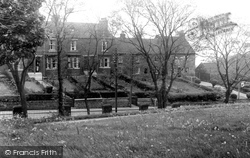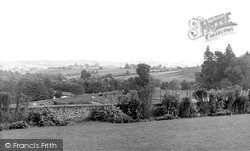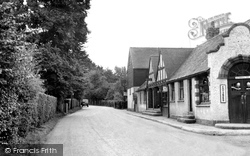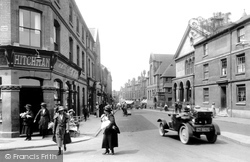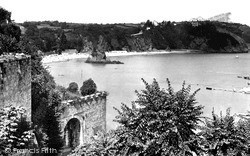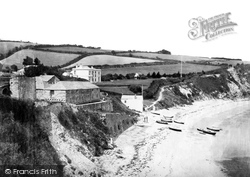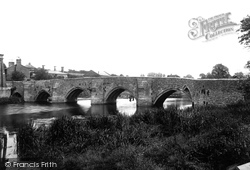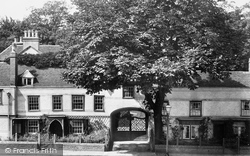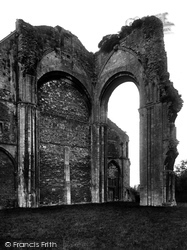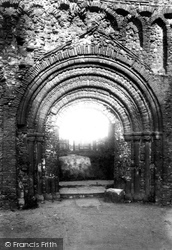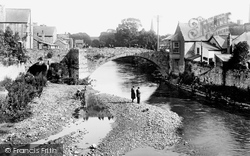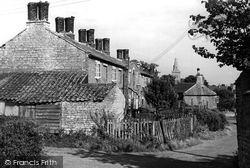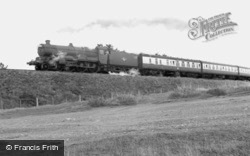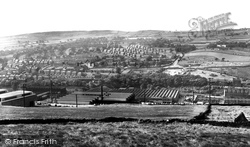Places
Sorry, no places were found that related to your search.
Photos
5 photos found. Showing results 301 to 5.
Maps
83 maps found.
Books
Sorry, no books were found that related to your search.
Memories
1,128 memories found. Showing results 151 to 160.
Davyhulme Park And Around
Living on the Lostock Estate in a Council house on Radstock Road, I can remember being taken as a treat, to Davyhulme Park and the paddling pool/boating lake. What a big treat that was !! and then we used to, when older, go ...Read more
A memory of Stretford by
West Meon Hut , West Meon , Hants
My Grandparents , Ernest and Lottie ( Charlotte ) Dickaty ran the West Meon Hut from the late 1920's through the WW2. Although they had sold the pub by the time I was born I spent many happy days with my parents , ...Read more
A memory of West Meon by
Post Office And Telephone Switchboard
I still have my post office savings book stamped Mere Warminster Wilts. I deposited 5/-. The telephonist use to sit almost in the doorway with a little switchboard our number was Mere 282. I think it was the shop with the blind next to the arch.
A memory of Mere by
The Lodge Cottage Marshbrook
My grandparents used to own the 'Lodge' in Marshbrook during the 70's and I spent many a happy summer holiday with them there. My grandparents, Jack and Ethel Perkins, moved there from Birmingham and spent a lot of ...Read more
A memory of Marshbrook by
Kilner Family In Hepworth
Hepworth was my home for 50 years, I was born there and my family have been there for eight generations. We were so priveliged to live in such a beautiful country area where we played in the woods and fields. ...Read more
A memory of Hepworth by
Growing Up
I was born on the 24th of July 1929 above a shop next to a pub called the Rose of Denmark, in Hotwells, Bristol, very convenient for Father to wet his whistle and my head at the same time. Father was born in 1893, Mother in 1895. They ...Read more
A memory of Bristol in 1930 by
This Was Our Main Shopping Centre In The 1950's
I have vivid memories of Tolworth Broadway. As a child I was born in Tolworth (strictly Kingston Hospital in April 1948 just for my birth that is). Mum, my sister and I would go to the Broadway ...Read more
A memory of Tolworth by
School In The 1960's
My father was in the army so we moved in to the army houses - Coronation Road, having just left Hong Kong. I started at the infant's school which was very local to our house. Then at age 7, I went to the primary school. ...Read more
A memory of Bodelwyddan in 1962
Saturday Girl In Snows The Bakers.
I worked for 3 years as a Saturday girl in Snows the bakers (in fact the head office at the time) at the Brondesbury end of Kilburn High Road. It was not far from the Foresters Hall which I ...Read more
A memory of Kilburn in 1951
Gods Country
I was born in 1954 at 261, Uttoxeter Road, which was where the fire station is now. My memories are of a magical childhood in Normacot, until we were rehoused in Meir in 1970. Some of the places I remember with much fondness ...Read more
A memory of Normacot by
Captions
1,233 captions found. Showing results 361 to 384.
crossroads was a thriving commercial intersection at which three north eastern suburbs meet - Llanishen to our right, Cyncoed to our left and Heath straight ahead through the railway arches
At the east end of the nave aisle and on each side of the chancel arch are large brass posts with decorated candle holders, five in all.
The buildings all survive but the whole view has changed considerably with, believe it or not, a much narrower road.
In the picture we have two buildings from the 1930s: Lloyd's Bank (1932) with its giant arch, and the National Provincial Bank with its neo-classical portico.
There are two massive bridges in the town, and before the line east reaches another viaduct at Golcar, it passes over these smaller seven arches opposite the town of Linthwaite.
The Butter Cross was built in 1689, after the fire of the previous year which destroyed much of the town.
The flagpole is still in place, and only the trees have grown, creating a much more rustic scene than is evident here.
This photograph shows the old four-arched bridge over the estuary. There has been a crossing here since the 10th century. In the background, hedges snake their way up over the slopes.
At the right-hand end of the terrace is the Queen's Arms, a much earlier stone building.
Standing high above all three, it consists of 48 arches plus the two girder spans near the middle shown here.
Although much of St Peter's church dates from as recently as the 14th century, there are signs of a much earlier church on the site.
The much-expanded village rests on an ancient site - the remains of a Roman house were found here, and the church has Saxon foundations.
In the picture we have two buildings from the 1930s: Lloyd’s Bank (1932) with its giant arch, and the National Provincial Bank with its neo-classical portico.
The gabled building on the right with the arches is the Fuller Baptist Church, named after Andrew Fuller, who founded the Baptist Missionary Society.
Inside, two great arches culminate in chimneys which project into the garden.
Small fishing boats are drawn up on the beach, a ramp climbs past the fish cellar, and on the extreme left we can just see an arched incline to a limekiln which was in use from at least 1835
With its five arches, this ragstone bridge over the River Medway is said to be the finest medieval bridge in the south of England.
These, along with the arch, were moved from either St Michael's or one of the London churches and rebuilt at the Chantry by Sir Walter Gilbey.
This photograph shows the great arch at the eastern end of the abbey. It formed part of the structure above which was built the lantern tower and spire.
This view, through the great west door with limestone in the arches, shows the building materials well: Roman bricks, septaria and flint.
Two of the small arches were replaced with one large one, which explains why the bridge is not symmetrical.
The terrace of cottages in Allotment Lane has ragstone walls and a brick main façade; there is a low pediment at the centre with an arched window.
The train is seen from the Carlyon Bay golf course near the Crinnis arch. Diesel locomotives made their first appearance in the late 1950s, and the last steam train ran in 1964.
Stone from here was used to build Sheffield's Wicker Arches that carried the Manchester railway line from 1848 to 1969.
Places (0)
Photos (5)
Memories (1128)
Books (0)
Maps (83)

